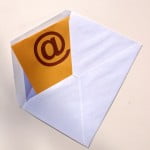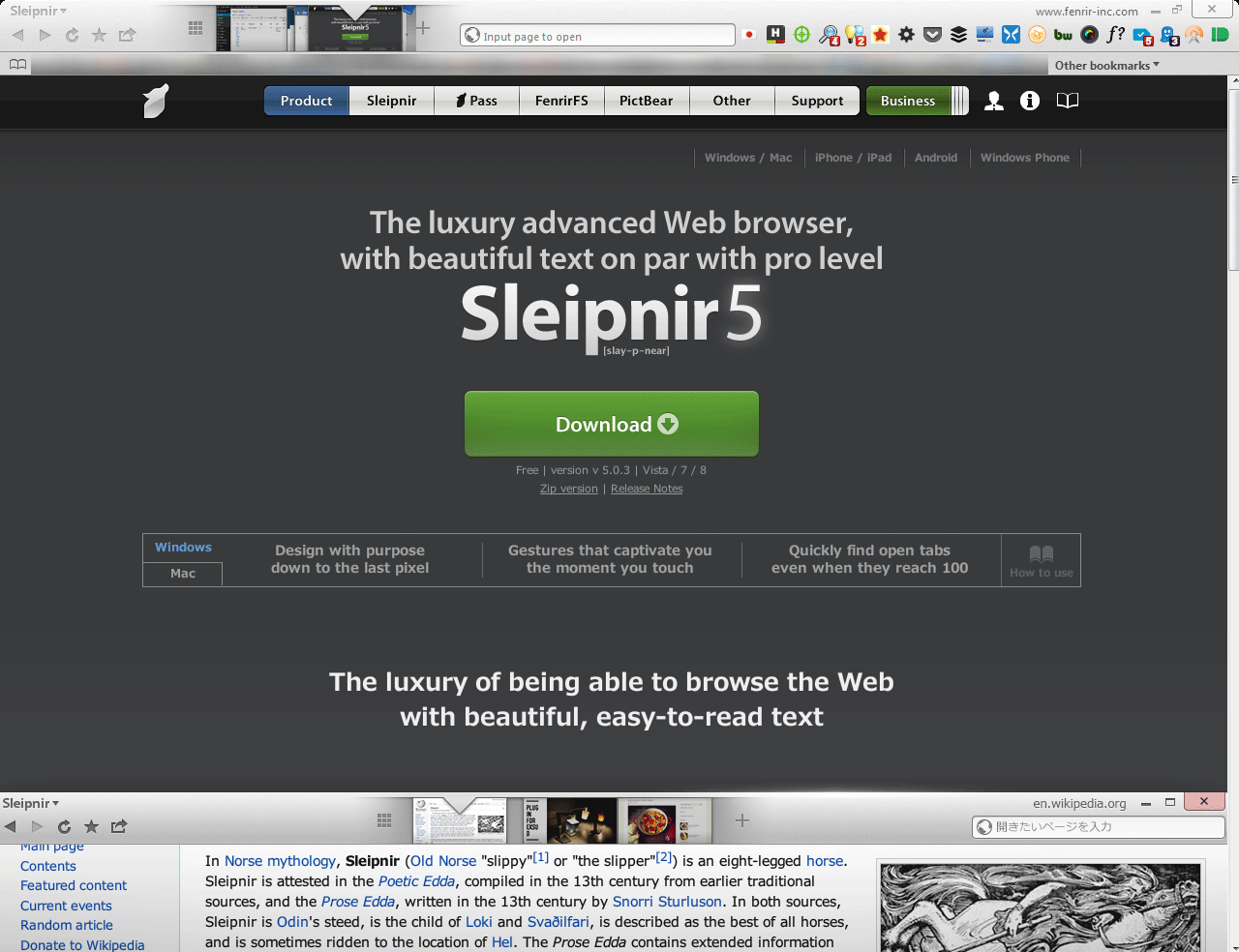Getting to Inbox Zero & Staying There

Unfortunately, email is a fact of life in the modern working world and having mobile devices which can send and receive them has probably made it worse. Today, I’m going to talk you through my process for reaching – and staying at – the fabled Inbox Zero and making email work for me instead of the other way around.
What You’ll Need
Allocate “Email Times”

I like doing it this way because it cuts down the amount of interruption my other work receives and makes handling my emails a task that I have to focus on to complete properly, much like any other. Having email segregated into actual time periods throughout the day means I can concentrate on them too, making it more likely that I’ll get through them quickly, bringing Inbox Zero ever-closer. Combine this with the inbuilt motivation of the email task list shrinking (see the next step) and you’re onto a winner.
One thing it’s worth mentioning at this point is that I am not suggesting you neglect emails throughout the day, just managing your time better. If you estimate that you spend two hours a day answering/ sending messages, don’t just block out two hours at the end of the day to do it – that limits the efficiency of your communication if people need to respond – have four 30 minute allocations throughout the day. This allows you the fluidity to handle your communication effectively, but also gives you enough time to get other work done without interruption.
You’ll need to use your own judgment though. Some emails that will come in throughout the day do require an immediate response, but if you get a message that can wait until your next “email block”, let it. Add it to the list and get it done.
Make A List

Essentially, the way I approach it is to pop all the emails I’ve got to reply to in a dedicated Wunderlist, set a date (usually today if I’m already at/ approaching Inbox Zero/ how important it is) and put a very brief description of what I want to say in there. For example “Reply to Client X about conversion data” or “Reply to Developer Y and ask how long it’ll take them to do Task Z”. I find that having a small memory-jog like this saves me a lot of time going through old emails or Outlook tasks to hunt down what I’m supposed to say. This whole thing’s supposed to save time, after all.
Prioritise Your Emails
Think about it seriously for a second: how many of those emails you get are actually important enough to warrant an instantaneous response? If it’s your boss or a client asking about something that really matters, fair enough, but most emails you’ll get throughout the day probably aren’t that high up the list. Prioritise the important emails, push the less vital ones further down the list and if it doesn’t need a reply, bump it. Don’t send emails for the sake of it. You’ll need to use your own judgment on this one, but some emails can be replied to later than others. Again, it’s all about getting – and staying – organised.
Stick To It
You probably won’t clear your current deluge in a day using this method, maybe not even in two days. Depending on how big a hill you have to climb, you might find that you have to dedicate more time than you’re expecting to clear the list, but if you can get through it, this method just might help you stay there.
Another thing I’ve found helps with making this successful is a tool called Boomerang. It integrates into Gmail and Outlook and will let you schedule when you send a message, as well as a lot of other cool features. If you’ve got a message that isn’t hugely important but will likely get an immediate reply for whatever reason, I generally suggest scheduling its delivery to about half an hour before your next email “timeblock”. This will mean that you get to keep the conversation going, but at a pace that suits you. It’s little tricks like this that help me rule my email rather than the other way around.
How about you? Any good tips to reach Inbox Zero and stay there? I’d love to hear them.

